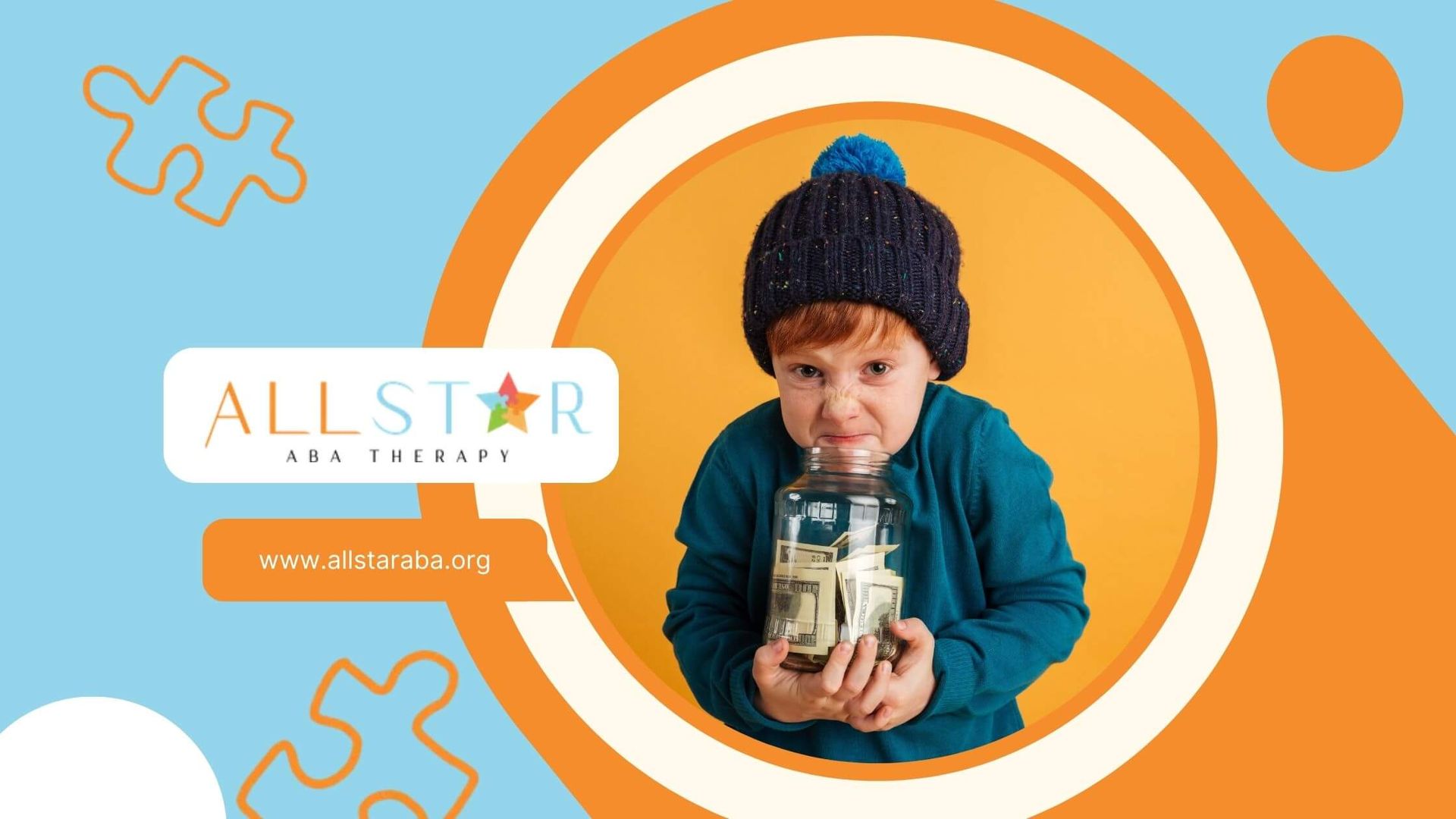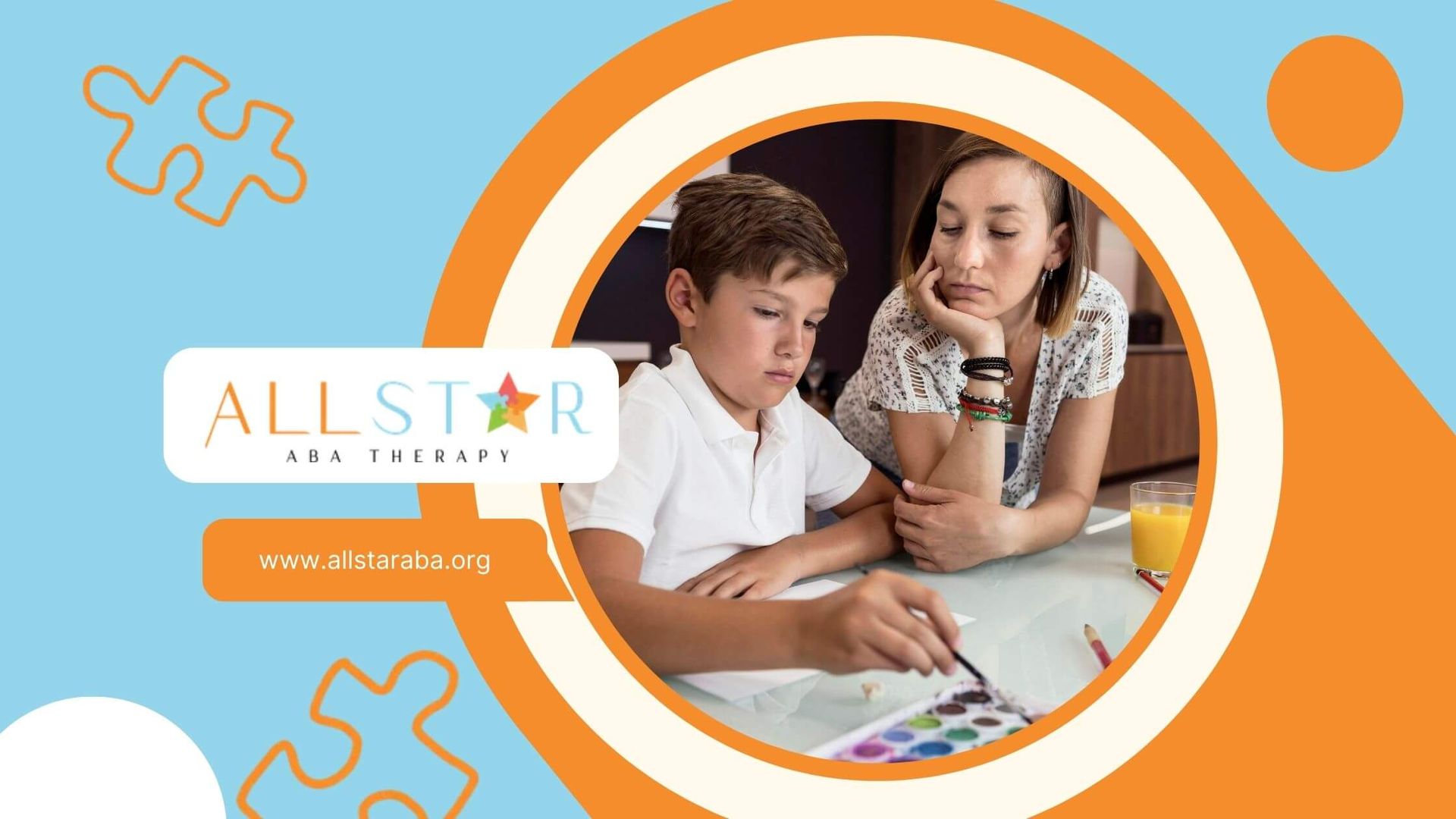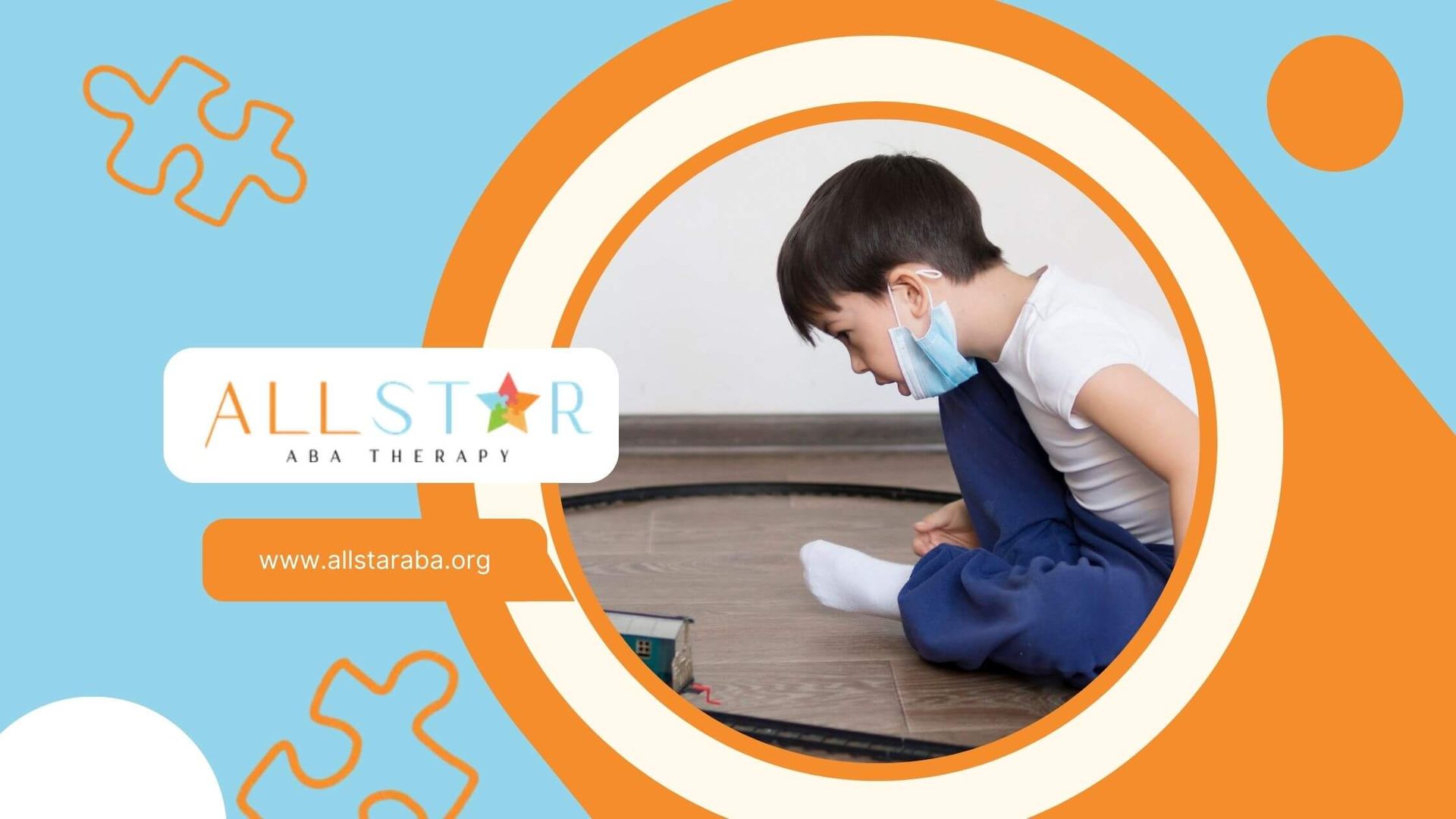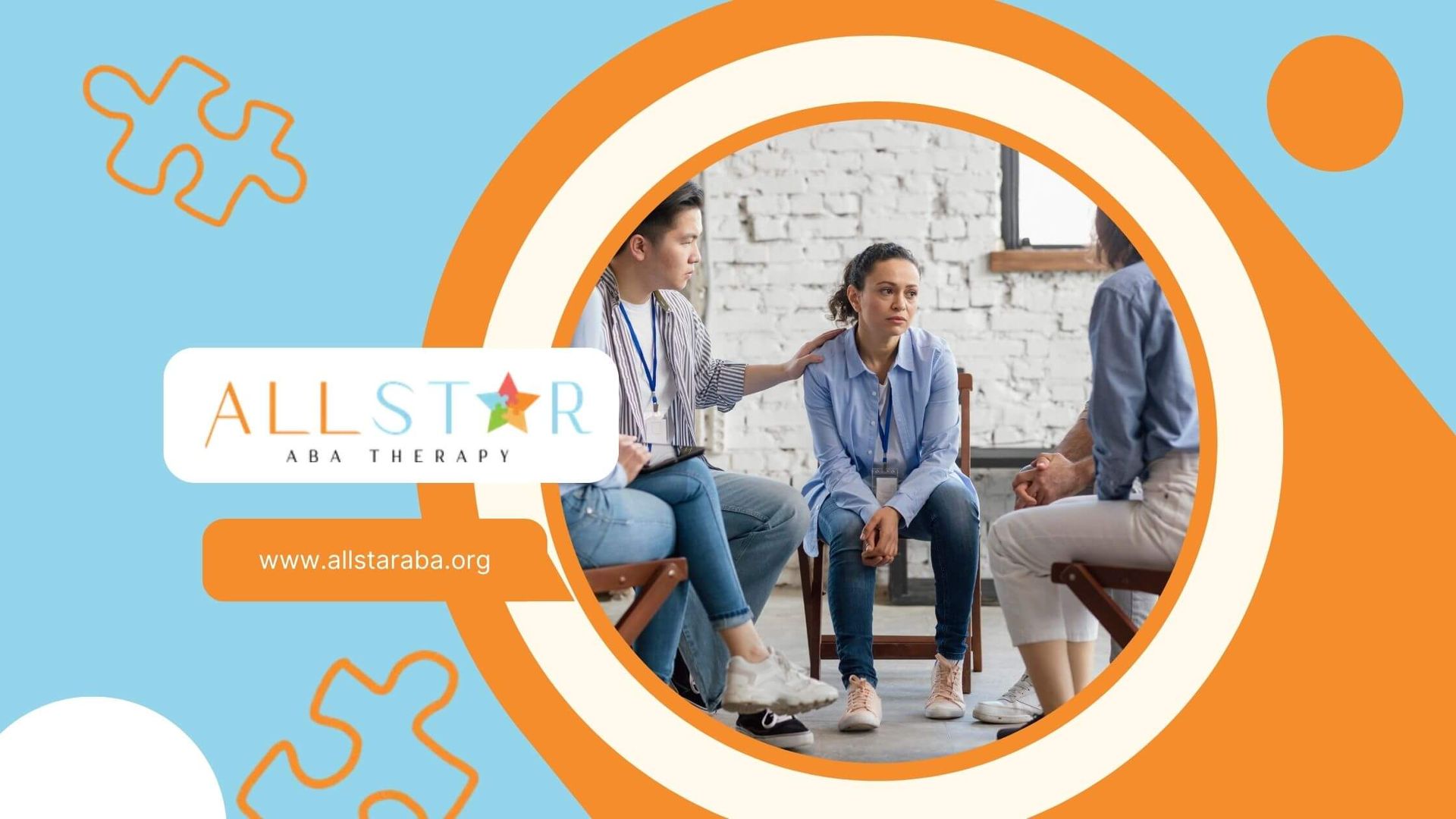New Paragraph
How Long Does It Take to Get RBT Certification?
Welcome to our blog on RBT certification! If you're interested in becoming a registered behavior technician (RBT), you've come to the right place.
RBT certification is a crucial credential for individuals looking to work in the field of applied behavior analysis (ABA) and provide quality therapy to individuals with autism spectrum disorders and developmental disabilities.
In this blog, we will guide you through the process of obtaining RBT certification, from understanding its importance to the various steps involved. So let's dive in and explore how long it takes to get RBT certified!
Understanding RBT Certification
In order to understand the timeline of getting RBT certified, it is important to have a clear understanding of what RBT certification entails. RBT certification, which stands for registered behavior technician certification, is a credential granted by the Behavior Analyst Certification Board (BACB). It signifies that an individual has met the necessary requirements and possesses the necessary skills to practice as a behavior technician under the supervision of a board certified behavior analyst (BCBA). RBT certification is well-recognized in the field of applied behavior analysis and provides a solid foundation for individuals pursuing a career in this field.
For RBTs exploring new opportunities or looking to relocate, ABA therapy in Maryland offers a range of positions in diverse clinical environments with strong support for professional growth.
Importance of RBT Certification
RBT certification carries significant importance in the field of applied behavior analysis. It demonstrates expertise in behavior analysis and signifies adherence to the RBT task list and ethical standards set by the BACB. RBT certification allows individuals to practice as behavior technicians, providing ABA therapy to individuals with developmental disabilities, especially those on the autism spectrum. Certification ensures that RBTs have received adequate training and possess the necessary skills to implement behavior analytic strategies effectively. As such, RBT certification is crucial for individuals looking to make a positive impact in the lives of individuals with developmental disabilities and contribute to the field of applied behavior analysis.
Overview of the RBT Certification Process
The RBT certification process consists of several steps that individuals must complete in order to obtain their credential. It starts with a background check, followed by the completion of a 40-hour RBT training program. Once the training is complete, individuals are eligible to take the RBT certification exam, which assesses their knowledge and application of behavior analysis principles. After passing the exam, individuals must also undergo a competency assessment to demonstrate their proficiency in behavior analysis practice. The behavior analyst certification board (BACB) website provides detailed information about each step of the certification process, as well as the necessary forms and resources for candidates.
Prerequisites for RBT Certification
Before starting the journey towards RBT certification, there are a few prerequisites that individuals must meet. Firstly, applicants must have a high school diploma or equivalent. Additionally, a background check, including a criminal background check, is required to ensure the safety of individuals receiving behavior analysis services. These prerequisites serve as the foundation for individuals interested in pursuing RBT certification and provide assurance of their qualifications in the field.
BACB Requirements
The Behavior Analyst Certification Board (BACB) sets the requirements for RBT certification, aiming to maintain high standards in the field of applied behavior analysis. In addition to the completion of the RBT training program, individuals must meet the BACB's ethical and professional conduct expectations. RBT certification also requires ongoing supervision, ensuring that RBTs are supported in their practice and continuously developing their skills. The BACB provides comprehensive resources and information about RBT certification on its website, serving as a perfect starting point for individuals looking to pursue RBT certification.
Age and Educational Requirement
To be eligible for RBT certification, individuals must meet certain age and educational requirements. The minimum age requirement for RBT certification is 18 years, providing assurance of maturity and responsibility in carrying out behavior analysis practice. Additionally, individuals must have a high school diploma or equivalent, ensuring a basic level of education to comprehend the concepts taught in the RBT training program. These age and educational prerequisites serve as a foundation for individuals looking to embark on the journey towards RBT certification.
The Journey to RBT Certification
The journey towards RBT certification involves several important steps, starting with completing the required training program. RBT training provides individuals with the essential knowledge and skills in behavior analysis, preparing them for the certification exam and competency assessment. This training course, also known as the RBT course, covers various topics in applied behavior analysis, equipping individuals with the necessary tools to practice as behavior technicians under the supervision of a BCBA. The RBT training course is a crucial starting point for individuals aspiring to become certified behavior technicians.
The First Step - Complete the 40-hour RBT Certification Coursework
The first step in obtaining RBT certification is completing the 40-hour RBT certification coursework. This training program covers essential topics in behavior analysis, providing individuals with a solid foundation in applied behavior analysis principles and techniques. The training program includes in-depth knowledge of behavior assessment, data collection, behavior intervention strategies, and ethical considerations. Upon completion of the 40-hour training program, individuals receive a certificate of completion, which is required to proceed to the next steps in the certification process. The RBT training program equips individuals with the necessary skills to practice as behavior technicians under supervision, ensuring quality therapy for individuals with developmental disabilities.
Comparing Available Courses
When considering RBT certification, individuals have the option to choose from a variety of available training programs. It is important to compare these training programs to find the one that best suits individual learning preferences and needs. Some factors to consider when comparing RBT training programs include:
- Course content: Ensure that the training program covers all necessary topics in behavior analysis.
- Delivery format: Choose between in-person or online training, depending on personal preference and accessibility.
- Qualifications of instructors: Look for programs taught by experienced behavior analysts or BCBA.
Finding an Employer Willing to Pay for the RBT Certification Coursework
One way to alleviate the financial burden of RBT certification coursework is to find an employer willing to sponsor or cover the cost of the training program. Many employers in the field of applied behavior analysis, such as those providing ABA therapy, may offer sponsorship opportunities for their employees who wish to become certified behavior technicians. This employer sponsorship not only reduces the financial strain on individuals but also demonstrates the employer's commitment to professional development and investment in their employees' growth. If you are interested in pursuing RBT certification, it is worth exploring the possibility of employer sponsorship as a means to support your journey towards becoming an RBT.
Passing the RBT Competency Assessment
Once individuals have completed the 40-hour RBT certification coursework, the next step in the certification process is the RBT competency assessment. This assessment evaluates individuals' competency in behavior-analytic skills in applied behavior analysis. It ensures that individuals possess the necessary skills and knowledge to practice safely and effectively as behavior technicians. The competency assessment consists of an application fee and requires a certificate of completion from the RBT training program. Passing the competency assessment is an important milestone on the journey towards RBT certification, demonstrating proficiency in behavior analysis practice.
The Assessment Requirements
The RBT competency assessment assesses individuals' ability to apply behavior analysis principles in practice. It evaluates their competency in tasks outlined in the RBT task list, such as data collection, behavior intervention, and ethical considerations. The assessment ensures that individuals are prepared and capable of carrying out their responsibilities as behavior technicians. Before taking the competency assessment, individuals must ensure they have met all the requirements, including completing the required training hours and obtaining a certificate of completion. By assessing individuals' competency, the assessment guarantees that RBTs provide high-quality therapy and adhere to professional and ethical standards.
Finding a BCBA Supervisor for Your Competency Assessment
In order to complete the competency assessment, individuals need to find a qualified supervisor who is a board certified behavior analyst (BCBA). The supervisor plays a critical role in guiding individuals through the assessment, providing ongoing supervision, and ensuring competency in behavior analysis practice. Finding a supervisor who possesses the necessary experience and expertise is essential for a successful assessment process. The BCBA supervisor serves as a mentor, offering guidance, feedback, and support to individuals seeking RBT certification. With a knowledgeable supervisor by their side, individuals can confidently navigate the competency assessment and continue on their journey towards RBT certification.
Changes in the RBT Task List from the BACB
The RBT task list, provided by the Behavior Analyst Certification Board, outlines the required competencies for RBT certification. It serves as a guideline for behavior technicians, ensuring that they possess the necessary skills in behavior analysis practice. The task list may undergo updates and changes over time, reflecting the field's continuous growth and advancements in practice. Any changes in the task list are communicated by the Behavior Analyst Certification Board, providing RBTs with the most up-to-date information and practices in applied behavior analysis. Staying informed about the task list updates ensures that RBTs align their practice with the latest standards set by the board.
The Final Step - RBT Certification Exam
After successfully completing the RBT training program and passing the competency assessment, individuals must take the final step in the certification process: the RBT certification exam. The exam evaluates the candidate's knowledge of behavior analysis principles, application of assessment and intervention strategies, and adherence to ethical guidelines. It assesses the individual's ability to practice safely and effectively as a registered behavior technician. Candidates should prepare for the exam by reviewing the RBT handbook, taking practice exams, and ensuring they have a solid understanding of all the exam topics.
Preparing for the RBT Certification Exam
Preparing for the RBT certification exam involves fulfilling the required training hours and using practice exams to gauge readiness. A high-quality training program is crucial for thorough preparation, and candidates should become familiar with the RBT handbook. Additionally, access to online resources via a reliable internet connection is essential. Familiarizing oneself with the exam content available on the BACB website can also be beneficial in the preparation process. Maintaining communication with a BCBA supervisor and other registered behavior technicians can provide valuable insights and support.
What to Expect on the Exam Day
On the day of the exam, candidates must remember to bring valid identification. The exam evaluates both knowledge and application of behavior analysis principles. It is crucial for candidates to arrive at the testing center before the scheduled exam time. The exam is proctored and adheres to strict guidelines to preserve its integrity. After completing the exam, candidates receive their results immediately.
Maintaining and Renewing the RBT Certification
Renewal of the RBT certification is critical for ongoing practice in the field, requiring completion of supervision and continuing education units. Adhering to the BACB's renewal period is essential for RBTs, ensuring they stay updated with best practices and maintain the quality of services provided. The RBT exam date and other requirements can be found on the BACB website, and working under a BCBA supervisor is crucial for the renewal process.
Importance of Renewal
Certification renewal for Registered Behavior Technicians (RBTs) is crucial as it ensures ongoing demonstration of competency in practice, reinforcing ethical responsibilities and commitment to professional development in behavior analysis. Maintaining RBT certification benefits the lives of individuals receiving behavior analysis services and contributes to the advancement of the field of applied behavior analysis. It is essential for RBTs to stay updated with the latest standards and practices by renewing their certification regularly.
Factors Influencing the RBT Certification Timeline
Completion of the training program significantly impacts the RBT certification timeline. Scheduling the RBT exam and the availability of testing centers also play a crucial role. The competency assessment process and finding a BCBA supervisor are influential factors. Additionally, the renewal period set by the BACB affects the overall timeline. Successful completion of each step in the process is pivotal in determining the RBT certification timeline. Considering these factors ensures a smooth journey towards becoming a registered behavior technician.
How Long Does it Typically Take to Get RBT Certification?
On average, it takes about 2-3 months to obtain RBT certification. However, the timeline may vary based on training and assessment availability. The process involves completing a 40-hour training course, passing an exam, and undergoing a competency assessment. Check with the certifying organization for specific requirements.
Conclusion
In conclusion, the journey to becoming a Registered Behavior Technician (RBT) involves several steps and requirements. It is important to understand the significance of RBT certification in the field of behavior analysis and the impact it can have on your career. The process includes completing the 40-hour RBT certification coursework, passing the competency assessment, and finally taking the RBT certification exam.
Maintaining and renewing your certification is also crucial for continued professional growth. Factors such as finding an employer who supports your certification journey and the availability of coursework can influence the timeline for getting RBT certified. Remember, patience and dedication are key as you embark on this rewarding path in the field of behavior analysis.
Looking to start your RBT journey with expert support? All Star ABA offers guidance, supervision, and training resources to help you succeed every step of the way. Reach out today and take the first step toward a meaningful career in ABA therapy.
Frequently Asked Questions
How long does it usually take to complete the 40-hour RBT training?
Most people complete the 40-hour training course within 1 to 2 weeks if studying full-time. However, for those balancing other commitments, it may take 3 to 4 weeks or more. The pace is flexible depending on the program and your schedule.
How soon can I take the RBT exam after completing the training and assessment?
Once you finish the 40-hour course and pass the competency assessment with a qualified supervisor, you can apply for the RBT exam. The application review process typically takes 1 to 2 weeks through the BACB, after which you’ll receive authorization to schedule your exam.
What factors can delay the RBT certification process?
Delays can happen due to difficulty finding a supervisor for the competency assessment, incomplete application documentation, or limited exam availability in your area. Choosing a supportive employer or training provider can help minimize delays.
SOURCES:
https://www.bacb.com/rbt/
https://www.appliedbehavioranalysisedu.org/registered-behavior-technician/
https://www.linkedin.com/pulse/rbt-competency-assessment-what-how-pass-tara-zeller-ms-bcba-iba-jvc1e
https://btexamreview.com/comprehensive-guide-to-the-registered-behavior-technician-rbt-exam-faq-and-what-to-know/
https://behaviortechcourse.com/rbt-certification-renewal-process-a-step-by-step-guide/
https://centralreach.com/blog/how-long-does-it-take-to-get-rbt-certification/
Need Support?
We're Here to Help!
Our experienced team is ready to assist you. Reach out today to discuss how we can support your child's development and well-being.
Get started with expert ABA therapy today.








